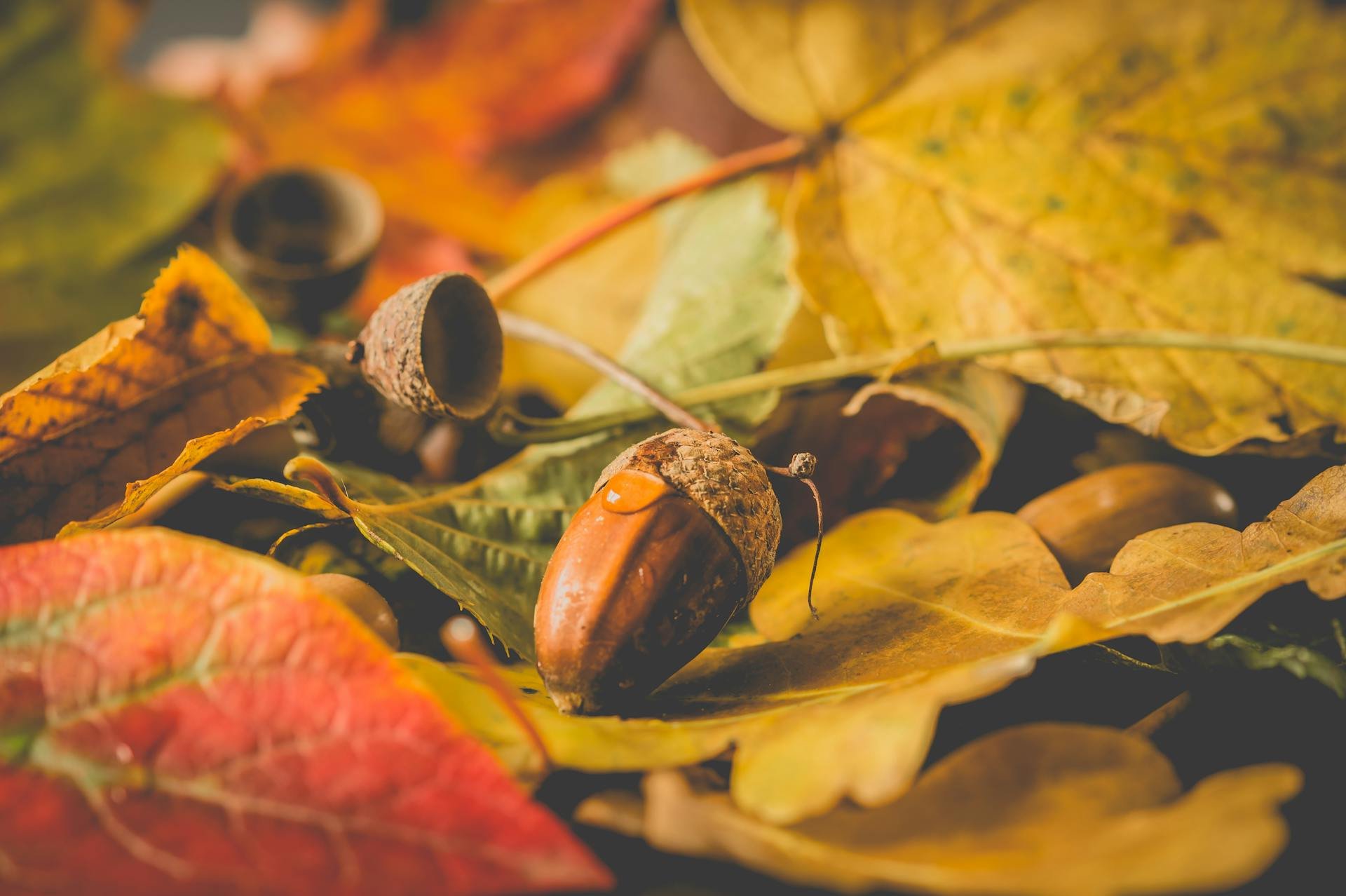
Free trees Ireland
Certified native Irish trees provided free for all!
201,050 trees
given away to date around Ireland free of charge
FAQ’s
-
Reforest Nation’s mission is to make tree planting easy and affordable for everyone. By offering free trees, we empower individuals, landowners, schools, and community groups to restore nature, increase biodiversity, and combat climate change. Already we have planted one million trees and with your support were on track to plant ten million by 2030. These trees aren’t free for us to purchase, so we kindly ask you to help sustain this initiative by gifting a tree or becoming a member to plant trees and rewild Ireland each month.
-
Reforest Nation is Ireland’s leading reforestation initiative dedicated to restoring native woodlands, increasing biodiversity, and fighting climate change. Our mission is to make tree planting easy, affordable, and accessible for everyone—whether you’re a landowner, homeowner, school, or community group.
To date, we’ve planted over 1 million trees, working with farmers, schools, and local communities. Our goal? To plant 10 million trees by 2030—and with your help, we can make it happen. To support our work consider gifting a tree or becoming a member.
-
Anyone in Ireland can apply for free trees! We provide trees for:
• Landowners and farmers looking to rewild or restore their land.
• Homeowners and gardeners wanting to bring more nature into their outdoor spaces.
• Community groups, schools, and local initiatives working on reforestation or biodiversity projects.
-
There is no set limit on the number of trees you can receive. We allocate trees based on your needs and our current availability—whether that’s just a single bag to create a pocket forest in a garden or tens of thousands to transform landscapes.
-
We provide over 20 native tree species, all carefully selected to support biodiversity and ecosystem restoration in Ireland. Our trees are certified native, with a preference for Irish provenance, meaning they are grown from seeds sourced from ancient Irish woodlands rather than imported stock.
This includes:
• Irish Oak
• Silver Birch
• Irish Scot’s Pine
• Hazel
• Alder
• Hawthorn (Whitethorn)
• And many others…
By planting a diverse mix of broadleaf trees, evergreens, and shrubs, we help create resilient and thriving habitats for wildlife and future generations.
-
You can apply for free trees by selecting the category that best fits your needs—for your garden, for your land, or for a group such as a school or community initiative. Simply click on the relevant option above and fill out the application form on the respective page.
-
Trees are distributed during the planting season (December to February). Once approved, we’ll notify you about collection points or delivery options.
-
While the trees are free, we encourage you to:
• Plant and care for them responsibly.
• Share your tree-planting photos to inspire others.
• Consider supporting our mission by gifting a tree, or becoming a member.
-
We’ll provide you with all the information you need in our detailed planting and care guides. These will walk you through the best practices to ensure your trees thrive, from choosing the right location to long-term maintenance. You’ll receive these resources when you get your trees!
Free acorn gift
Sign up to our newsletter and we will plant an Irish Oak acorn on your behalf.





